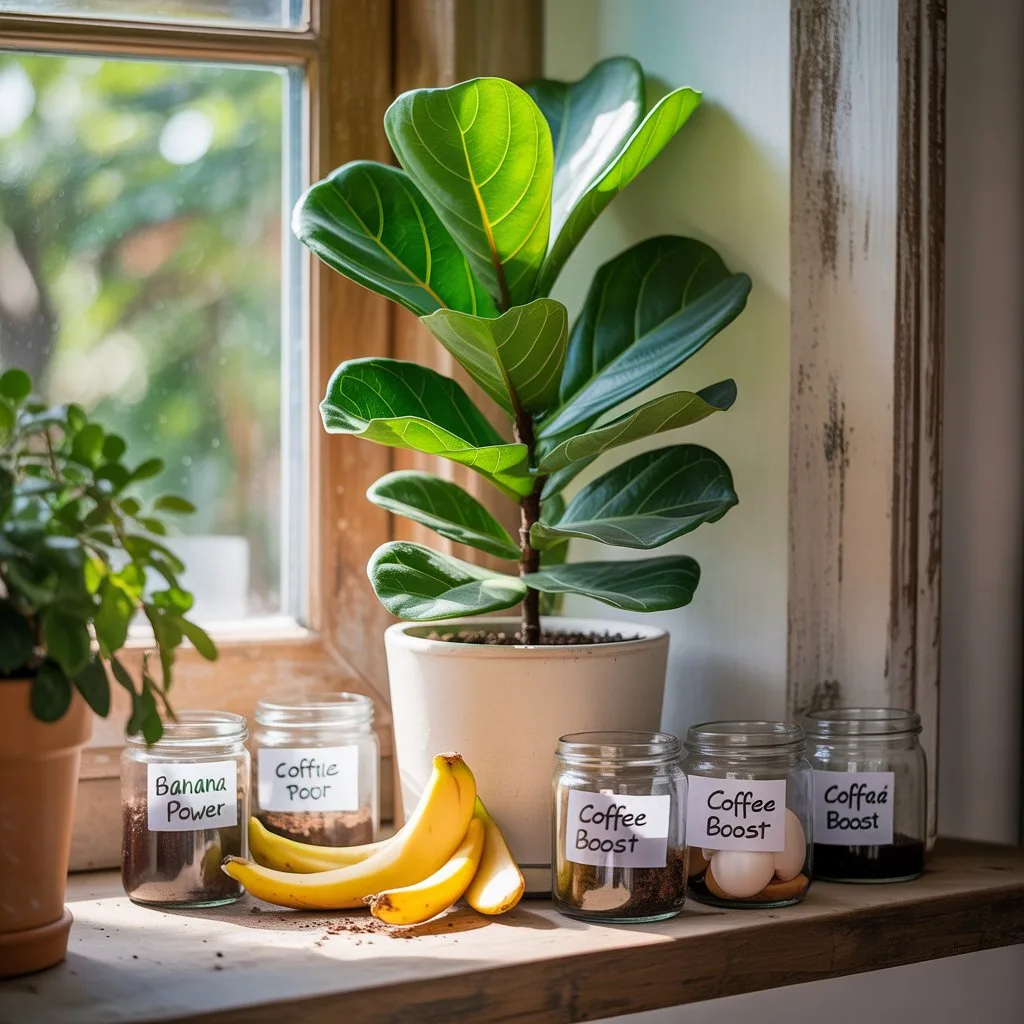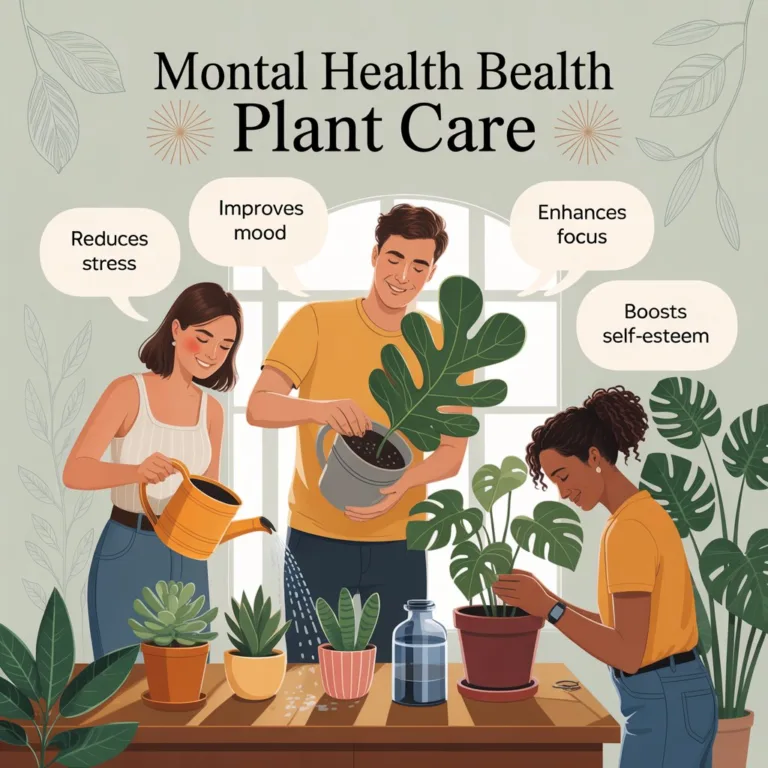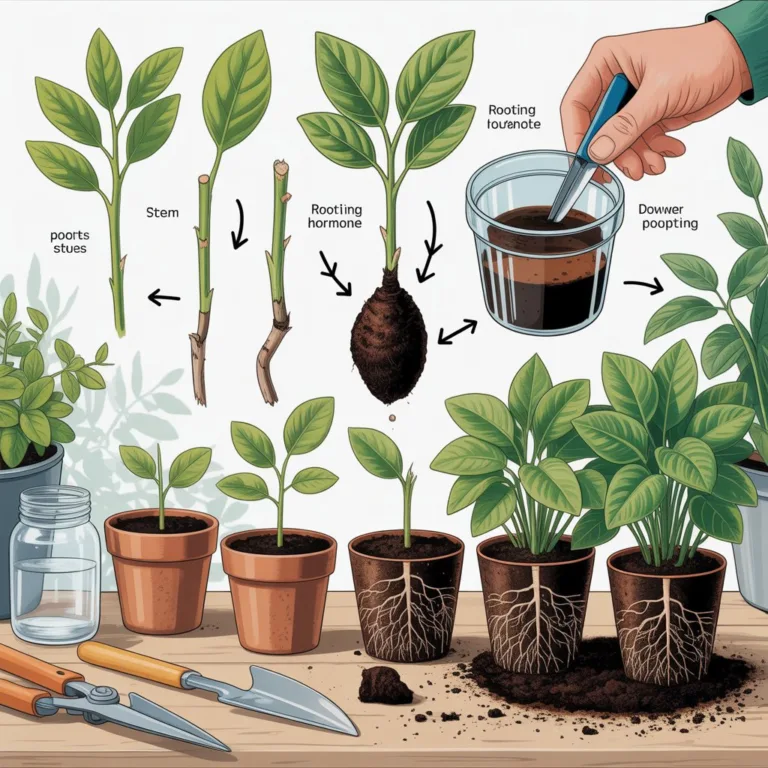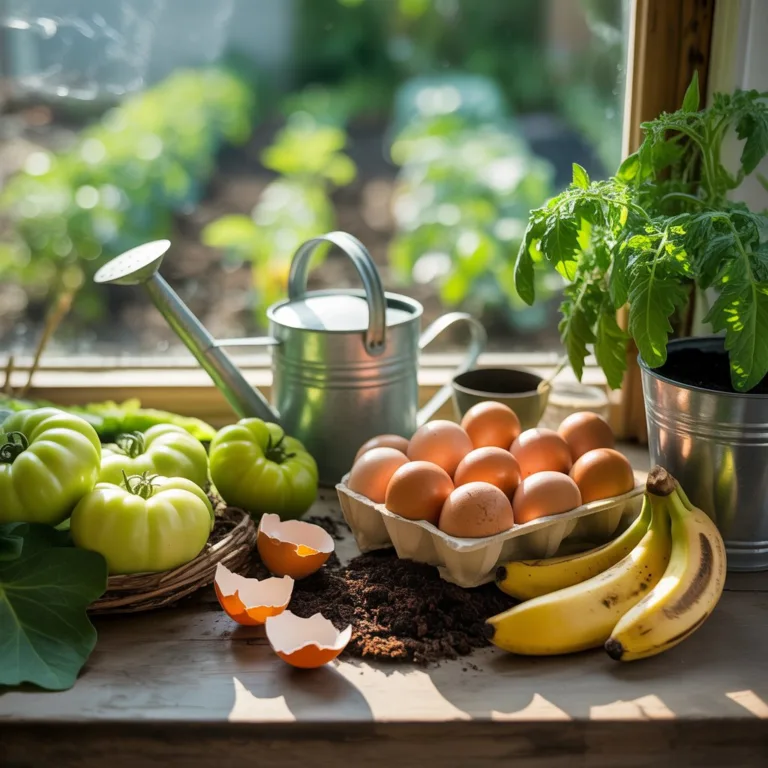Indoor plants bring life, color, and cleaner air into our homes. Whether it’s a leafy fern, a flowering orchid, or a small succulent, healthy indoor plants require proper nutrients to thrive. Fertilizing is an essential part of plant care, but using chemical fertilizers can sometimes harm delicate indoor environments. Natural fertilizers offer a sustainable, eco-friendly solution that nourishes plants without introducing harsh chemicals.

This article explores the best natural fertilizers for indoor plants, how to use them effectively, and the benefits they provide to both plants and homeowners. From kitchen scraps to compost teas, there are numerous ways to feed your plants naturally while supporting sustainable gardening practices.
Understanding the Nutritional Needs of Indoor Plants
Indoor plants rely on nutrients from soil to grow strong and vibrant. Essential nutrients include nitrogen, phosphorus, potassium, calcium, magnesium, and trace elements. Nitrogen promotes leafy growth, phosphorus supports root development and flowering, and potassium strengthens overall plant health.
Many potting soils are pre-fertilized, but over time, nutrients are depleted. Regular, natural fertilization replenishes soil without risking chemical buildup that can harm roots or leach into indoor air.
Signs Your Plants Need Fertilization
- Pale or yellowing leaves indicating nitrogen deficiency.
- Weak or stunted growth despite adequate light and water.
- Poor flowering or lack of buds on flowering plants.
- Leaf curling, spotting, or general plant fatigue.
Monitoring your indoor plants for these signs helps you apply fertilizer at the right time, ensuring healthy growth.
Kitchen Scraps as Nutrient-Rich Fertilizers
Using kitchen scraps is an excellent way to recycle nutrients while reducing waste. Many foods we discard contain essential minerals and organic matter beneficial for plants.
Eggshells
Eggshells are rich in calcium, which strengthens cell walls and prevents leaf tip burn in sensitive plants like tomatoes or peppers grown indoors.
- Crush eggshells into small pieces or grind them into a powder.
- Sprinkle directly into potting soil or mix with compost.
Coffee Grounds
Coffee grounds provide nitrogen and organic matter. They improve soil structure and support beneficial microorganisms.
- Use used coffee grounds sparingly to avoid over-acidifying the soil.
- Mix into the top layer of soil or blend into compost.
Vegetable Peelings
Vegetable peelings like carrot tops, potato skins, and leafy green trimmings contain various vitamins and minerals.
- Chop finely and compost before adding to soil.
- Alternatively, create a vegetable tea by soaking peelings in water for several days, then pour the liquid over plants as a mild fertilizer.
Compost and Worm Castings
Compost is one of the most versatile natural fertilizers. Rich in nutrients and beneficial microbes, it improves soil structure, moisture retention, and root health.
Worm castings, produced by earthworms digesting organic matter, are particularly potent for indoor plants. They contain balanced nutrients and stimulate microbial activity in the soil.
Using Compost and Worm Castings
- Mix compost or worm castings into the top layer of potted soil.
- Alternatively, make a liquid fertilizer by steeping a small amount of compost in water for several hours, then water plants with the resulting liquid.
These methods provide a slow-release nutrient source, improving plant health over time without overwhelming delicate roots.
Natural Liquid Fertilizers
Liquid fertilizers offer quick nutrient absorption, making them ideal for plants showing signs of deficiency or during periods of active growth. Several household items can be transformed into effective liquid fertilizers.
Banana Peel Fertilizer
Banana peels are high in potassium and phosphorus, supporting flowering and fruiting.
- Chop peels and soak in water for 24-48 hours.
- Use the liquid to water plants, ensuring nutrients reach the roots.
Green Tea Infusion
Green tea contains nitrogen and antioxidants beneficial for plants.
- Brew a weak green tea and let it cool.
- Pour over plant soil or mix with water for a mild feeding solution.
Fish Emulsion
Fish emulsion is rich in nitrogen, phosphorus, and trace elements. While more commonly used in outdoor gardens, small amounts diluted with water can benefit indoor plants.
- Follow recommended dilution rates to avoid odor issues indoors.
Benefits of Using Natural Fertilizers
Natural fertilizers offer several advantages over chemical alternatives, especially for indoor gardening.
Safer Indoor Environment
No harsh chemicals means safer air quality, reduced risk of residue on surfaces, and a lower chance of accidental ingestion by children or pets.
Enhanced Soil Health
Organic fertilizers feed beneficial microbes that improve soil fertility and structure. Healthy soil retains water better and supports strong root development.
Sustainability
Using natural fertilizers reduces dependency on industrial chemicals and encourages recycling of kitchen waste, contributing to eco-friendly living practices.
Long-Term Plant Health
Continuous use of natural fertilizers ensures a balanced nutrient supply, reducing the risk of nutrient burn, leaf burn, or toxic accumulation.
Tips for Effective Fertilization
- Fertilize during active growth periods for optimal results. Avoid over-fertilizing during dormancy.
- Rotate different types of natural fertilizers to provide a broad range of nutrients.
- Monitor plant response and adjust frequency or concentration accordingly.
- Ensure proper watering before and after applying fertilizer to prevent root shock.
Specialized Natural Fertilizers for Specific Plants
Certain plants benefit from targeted natural fertilizers:
- Orchids: Use diluted compost tea or fish emulsion to promote flowering.
- Succulents and Cacti: Apply a small amount of diluted green tea infusion to prevent over-fertilization.
- Ferns: Nitrogen-rich fertilizers like coffee grounds or diluted liquid compost help maintain lush foliage.
- Flowering plants: Banana peel tea and trace mineral supplements support vibrant blooms.
Using fertilizers aligned with specific plant needs ensures optimal growth and prevents nutrient imbalances.
Integrating Fertilizers into Indoor Gardening Routine
Consistency is key for indoor plant nutrition. Establishing a schedule based on plant type, pot size, and growth stage ensures healthy and thriving plants.
- Weekly liquid feeding: Light doses of liquid fertilizers for fast nutrient uptake.
- Monthly compost or worm casting addition: Slow-release nutrients for sustained growth.
- Occasional top-dressing with kitchen scraps: Extra nourishment for nutrient-demanding plants.
By integrating these practices, indoor gardeners can maintain robust plants while minimizing chemical use.
Feeding indoor plants with natural fertilizers not only supports healthy growth but also encourages sustainable and eco-conscious habits. From compost and worm castings to kitchen scraps and liquid teas, a wide variety of nutrient sources are available for every type of indoor plant. Proper application, monitoring, and rotation of these fertilizers ensure strong roots, vibrant foliage, and abundant blooms throughout the year.
Adopting these practices turns indoor gardening into a greener, safer, and more enjoyable hobby. Start experimenting with natural fertilizers today and observe the difference in your plants’ vitality while contributing to a healthier, sustainable home environment.

Sofia Greenfield is a sustainable gardening expert and environmental educator who inspires families and urban gardeners to cultivate green spaces responsibly. She shares practical tips on growing vegetables, herbs, and flowers using eco-friendly and recycled materials, emphasizing the joy of gardening while protecting the planet.



